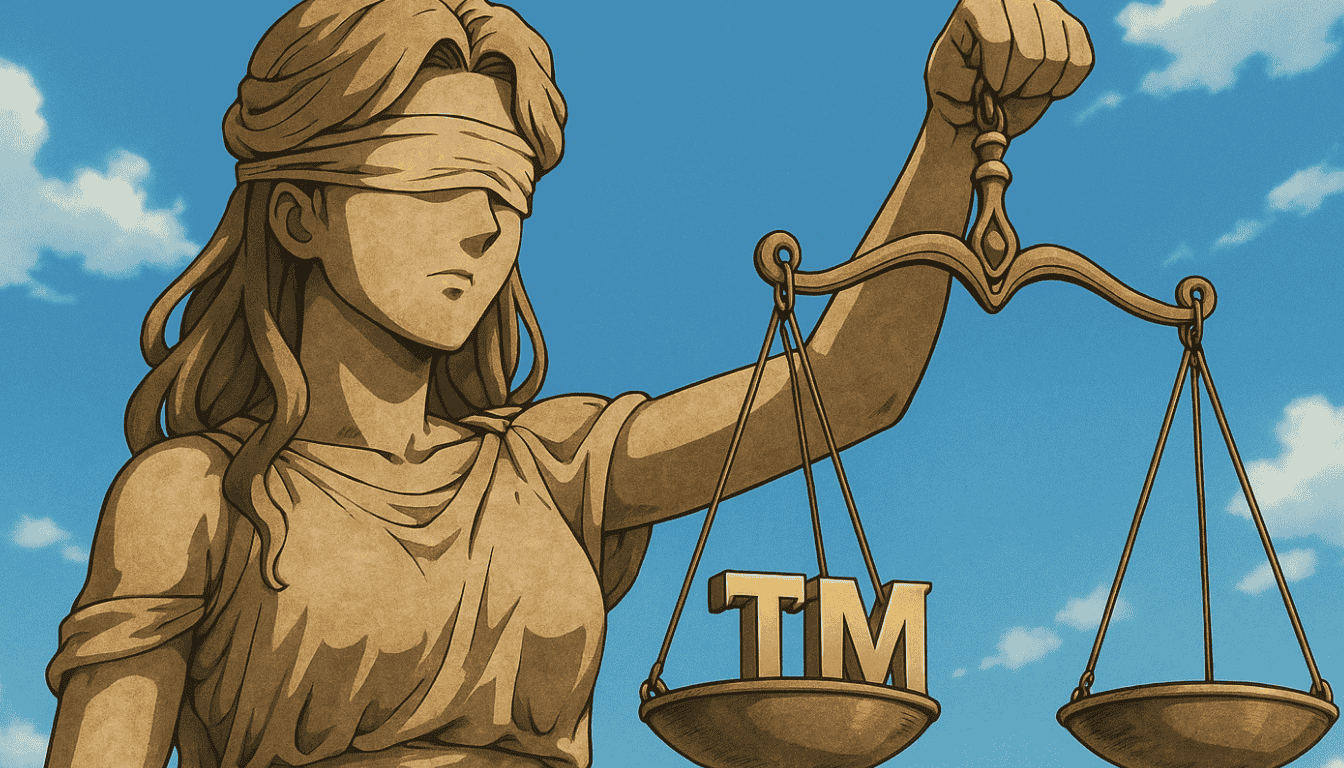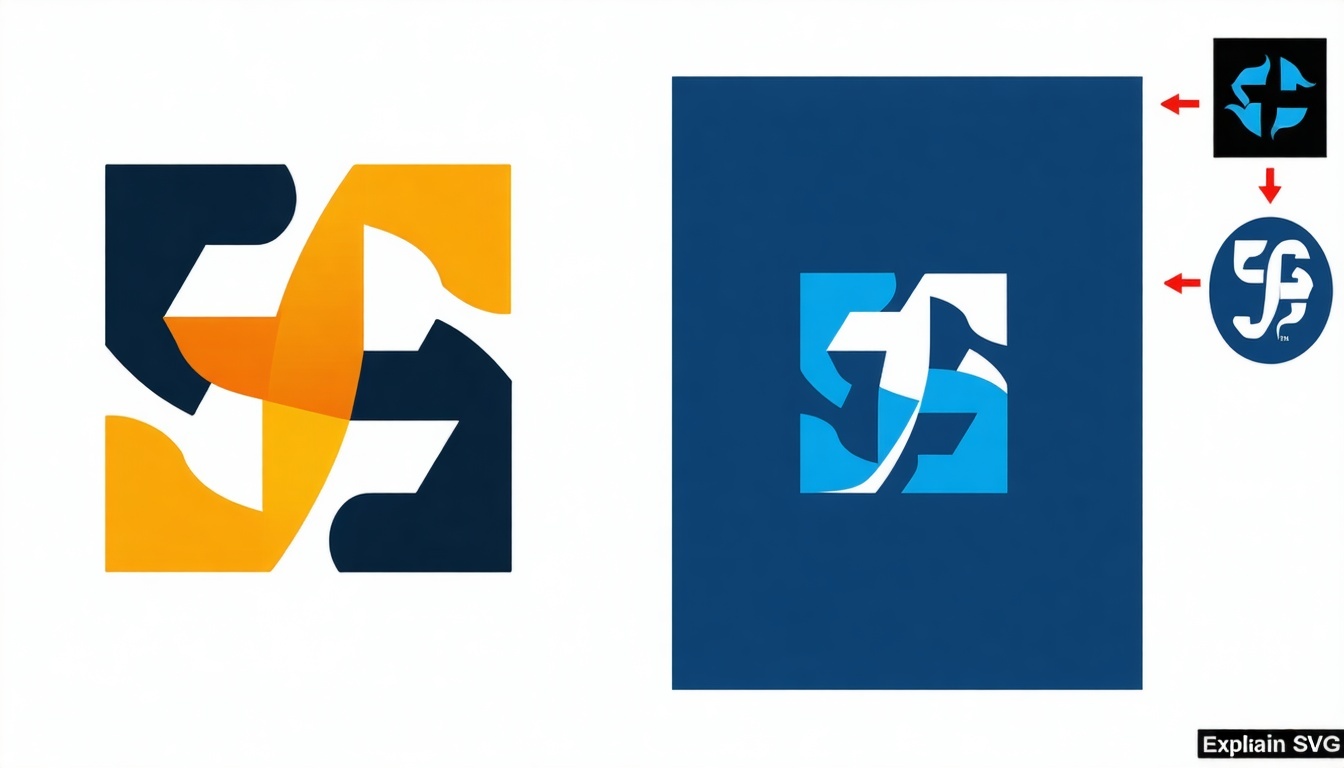
The Legal Implications of VMC Trademark Validation: What Your Legal Team Needs to Know
Verified Mark Certificate (VMC) trademark validation is not just a technical process—it carries significant legal responsibilities and risks. Here’s what your legal team must understand to ensure compliance, protect your brand, and avoid costly pitfalls.
Why Legal Oversight Is Essential for VMC Trademark Validation
VMCs require organizations to prove legal ownership of their logo through a registered trademark with a recognized intellectual property office. This process is designed to prevent spoofing and unauthorized use, but it also places legal obligations on the applicant to ensure all information is accurate and compliant with trademark law.
Key Legal Responsibilities in VMC Validation
- Trademark Registration: Your logo must be a registered trademark with an approved office. The legal team must confirm that the trademark is active, valid, and matches the logo submitted for the VMC application.
- Verification and Documentation: Certificate Authorities (CAs) will verify trademark status directly with the relevant office or via the WIPO Global Brand Database. If the applicant is not the direct owner, a legal authorization letter must be provided.
- Government Marks: For government entities, VMCs can be issued based on official legislation or government records instead of a traditional trademark registration. Legal teams must provide the enabling legislation as proof.
- Licensing and Ownership: If the logo is licensed, the applicant must have a valid, documented license granting the right to use the mark for VMC purposes. The legal team must ensure all licensing agreements are current and enforceable.
Legal Risks and Liabilities
- Trademark Infringement: Submitting a logo that infringes on another party’s trademark can result in legal action, including injunctions, damages, and, in severe cases, criminal penalties. The legal team must conduct comprehensive trademark searches to ensure there is no likelihood of confusion.
- Misrepresentation and Fraud: Providing false or misleading information during the VMC application process can lead to certificate revocation, legal liability, and reputational harm. The applicant is responsible for any intellectual property claims arising from the VMC application.
- Ongoing Monitoring: Trademark owners must actively monitor and enforce their rights. Failure to do so can lead to dilution or loss of trademark protection, potentially invalidating the VMC.
- Jurisdictional Issues: Trademark rights are territorial. Legal teams must ensure the trademark is registered in a jurisdiction recognized by VMC guidelines and that the logo is used in compliance with local laws.
Best Practices for Legal Teams
- Start Early: Trademark registration can take months or longer. Begin the process well before you need a VMC.
- Ensure Exact Match: The logo submitted for VMC must match the registered trademark exactly—no variations in color, design, or format.
- Maintain Documentation: Keep all trademark certificates, licensing agreements, and correspondence with Certificate Authorities organized and accessible for audits or potential disputes.
- Review VMC Terms and Updates: VMC guidelines and terms may change over time. Legal teams must stay updated and review all agreements to ensure ongoing compliance.
Final Checklist for Legal Compliance in VMC Validation
| Legal Requirement | Details & Actions |
| Registered trademark | Confirm active registration with a recognized office |
| Ownership or license | Ensure applicant is owner or has valid license |
| No infringement | Conduct trademark searches and legal review |
| Accurate documentation | Provide all required certificates, licenses, and legal records |
| Ongoing monitoring | Enforce trademark rights and monitor for misuse |
| Compliance with VMC terms | Review and update compliance as guidelines evolve |
Need help navigating the legal complexities of VMC trademark validation?
Contact our agents for expert guidance on trademark law, licensing, and VMC compliance.
Find more answers in our VMC and BIMI FAQ section.
Your legal team must ensure that your trademark is valid, your documentation is accurate, and your VMC application is fully compliant—failure to do so can result in legal liability, certificate revocation, and brand damage.



